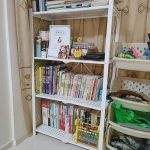Introduction
An asbestos tile wall can present unique challenges when it comes to anchoring heavy furniture like bookshelves securely. Asbestos, once a popular building material for its fire-resistant properties, has been found to pose serious health risks when disturbed. Anchoring furniture to asbestos tile walls requires careful consideration and proper techniques to ensure both safety and structural integrity. In this guide, we’ll explore the necessary steps and precautions to safely anchor a bookshelf to asbestos tile walls.
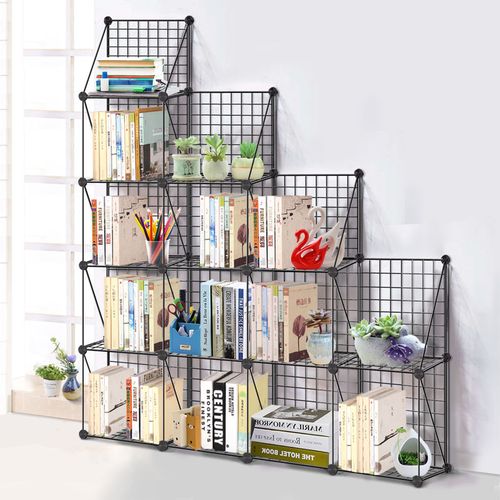
Understanding Asbestos Tile Walls
Before attempting to anchor anything to asbestos tile walls, it’s crucial to understand the nature of asbestos and the risks associated with it. Asbestos was commonly used in building materials until its health hazards became widely known. Asbestos tile walls can be found in older buildings and homes, presenting a potential danger if disturbed. Disturbing asbestos can release harmful fibers into the air, which, when inhaled, can lead to serious health conditions such as lung cancer and mesothelioma.
Assessing the Condition of the Walls
Before proceeding with anchoring a bookshelf, it’s essential to assess the condition of the asbestos tile walls. Look for signs of damage, deterioration, or friability, which indicates that the asbestos fibers are more likely to become airborne. If the walls are in poor condition, it’s best to consult with professionals trained in asbestos remediation before proceeding.
Choosing the Right Anchoring Method
When anchoring a bookshelf to asbestos tile walls, it’s crucial to choose the right method to minimize disturbance to the walls while ensuring adequate support for the furniture. There are several anchoring options available, including toggle bolts, expansion anchors, and adhesive anchors. The choice depends on factors such as the weight of the bookshelf and the condition of the walls.
Preparing the Work Area
Before starting the anchoring process, prepare the work area to minimize the spread of asbestos fibers. Seal off the area with plastic sheeting and tape to contain any dust or debris. Wear appropriate personal protective equipment, including a respirator, gloves, and goggles, to reduce the risk of exposure to asbestos fibers.

Locating Wall Studs or Support Beams
To anchor a bookshelf securely, locate the wall studs or support beams behind the asbestos tile walls. Using a stud finder or tapping lightly on the walls can help identify these structural elements. Anchoring the bookshelf to studs or support beams provides greater stability and reduces the risk of damaging the asbestos tile walls.
Drilling Pilot Holes
Once the wall studs or support beams are located, drill pilot holes for the anchor screws. Use a drill bit slightly smaller than the diameter of the anchor screws to ensure a tight fit. Take care to drill straight into the wall to avoid damaging the asbestos tiles.

Installing Anchors
With the pilot holes drilled, install the anchors according to the manufacturer’s instructions. If using toggle bolts or expansion anchors, insert them into the pilot holes and tighten them securely. For adhesive anchors, apply the adhesive to the anchor and insert it into the pilot hole, following the recommended curing time before applying any weight to the anchor.
Attaching the Bookshelf
Once the anchors are securely in place, carefully attach the bookshelf to the wall using screws or brackets. Ensure that the bookshelf is level and evenly distributed on the anchors to prevent uneven stress on the walls.
Testing the Stability
After anchoring the bookshelf, test its stability by gently applying pressure to different points. Ensure that the bookshelf is securely anchored and can support the intended weight without any movement or loosening of the anchors. If the bookshelf feels unstable, recheck the anchors and make any necessary adjustments.
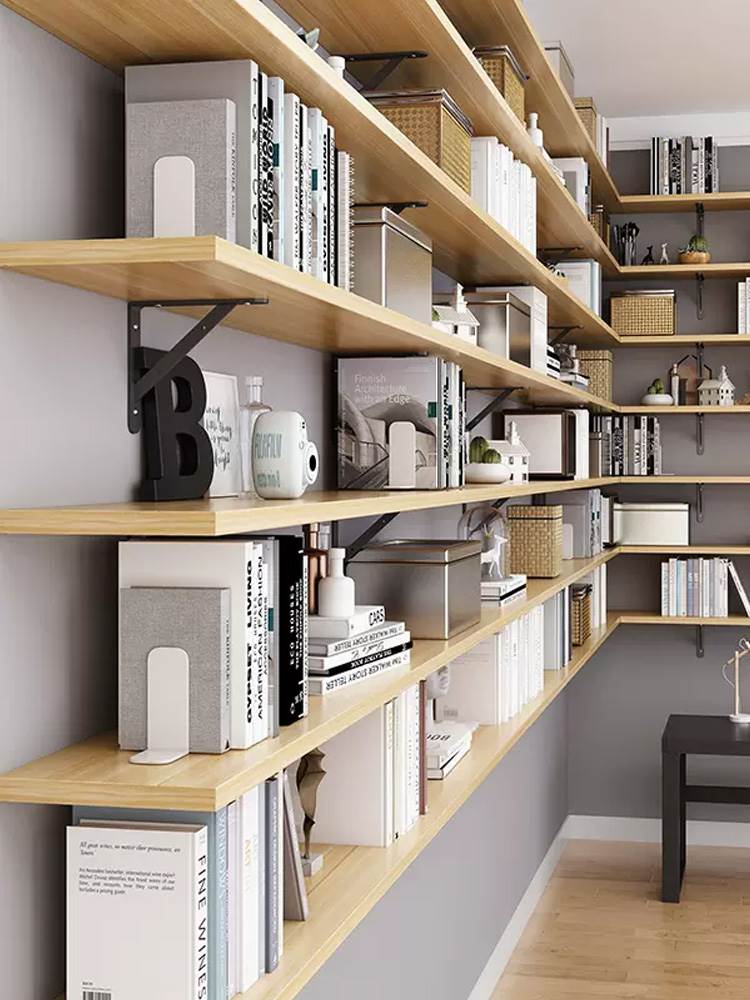
Monitoring for Signs of Damage
After anchoring the bookshelf, monitor the area for signs of damage or deterioration to the asbestos tile walls. Look for cracks, bulges, or other indications that the walls may have been compromised during the anchoring process. If any damage is detected, consult with professionals to address the issue promptly.
Regular Maintenance and Inspection
After successfully anchoring your bookshelf to asbestos tile walls, it’s important to conduct regular maintenance and inspection. Periodically check the integrity of the anchors and the condition of the walls to ensure everything remains secure. Look out for any signs of loosening screws, cracks in the tiles, or other structural issues that may compromise the stability of the bookshelf. Addressing any issues promptly can prevent accidents and prolong the lifespan of your anchored furniture.
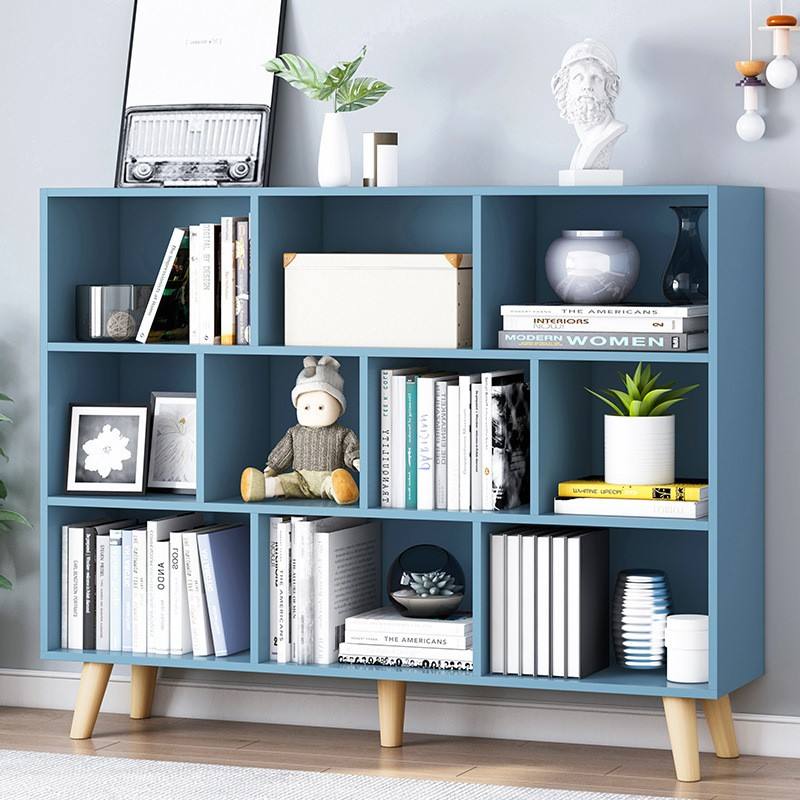
Avoiding Additional Disturbance
Once the bookshelf is securely anchored, it’s advisable to avoid unnecessary disturbance to the asbestos tile walls. Refrain from drilling or hammering into the walls unless absolutely necessary, as this can release asbestos fibers into the air. If you need to make any modifications or additions to the wall, consult with professionals trained in handling asbestos-containing materials to minimize the risk of exposure.
Proper Disposal of Materials
If you encounter any asbestos-containing materials during the anchoring process or subsequent maintenance, it’s essential to handle them with care and dispose of them properly. Asbestos waste should be sealed in leak-proof containers and labeled accordingly before being transported to an approved disposal facility. Avoid breaking or damaging asbestos-containing materials to prevent the release of harmful fibers.
Seeking Professional Assistance
If you’re unsure about anchoring furniture to asbestos tile walls or encounter any challenges during the process, don’t hesitate to seek professional assistance. There are experts trained in asbestos remediation who can assess the situation and provide guidance on the safest course of action. It’s better to err on the side of caution when dealing with asbestos-containing materials to protect both your health and the integrity of your home.
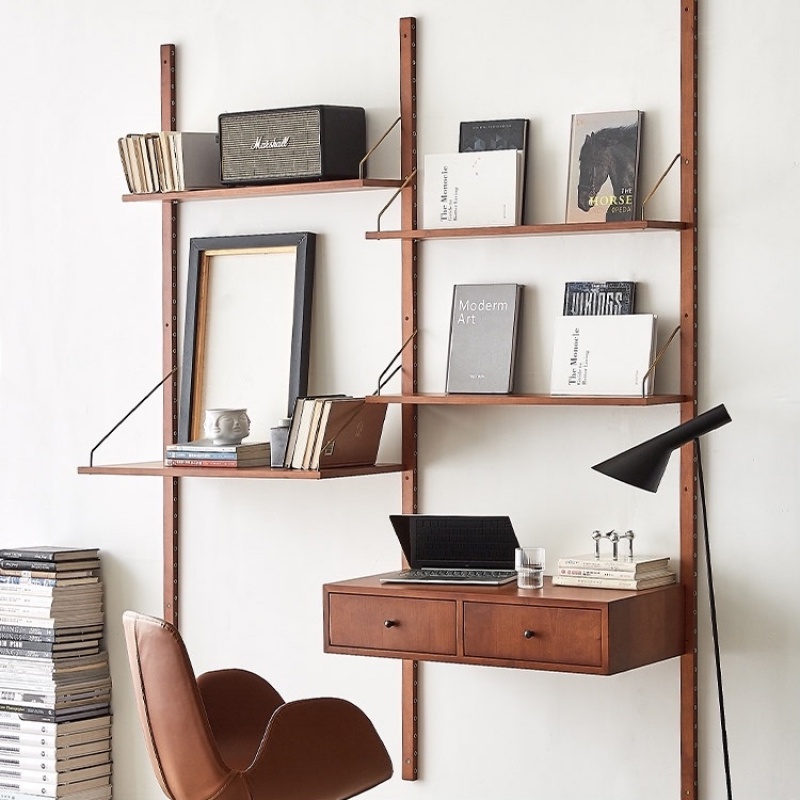
Conclusion
Anchoring a bookshelf to asbestos tile walls requires careful planning, proper techniques, and attention to safety precautions. By understanding the risks associated with asbestos and following the steps outlined in this guide, you can safely secure your bookshelf without compromising the integrity of the walls or endangering your health. If in doubt, always seek professional assistance to ensure the job is done safely and effectively.
